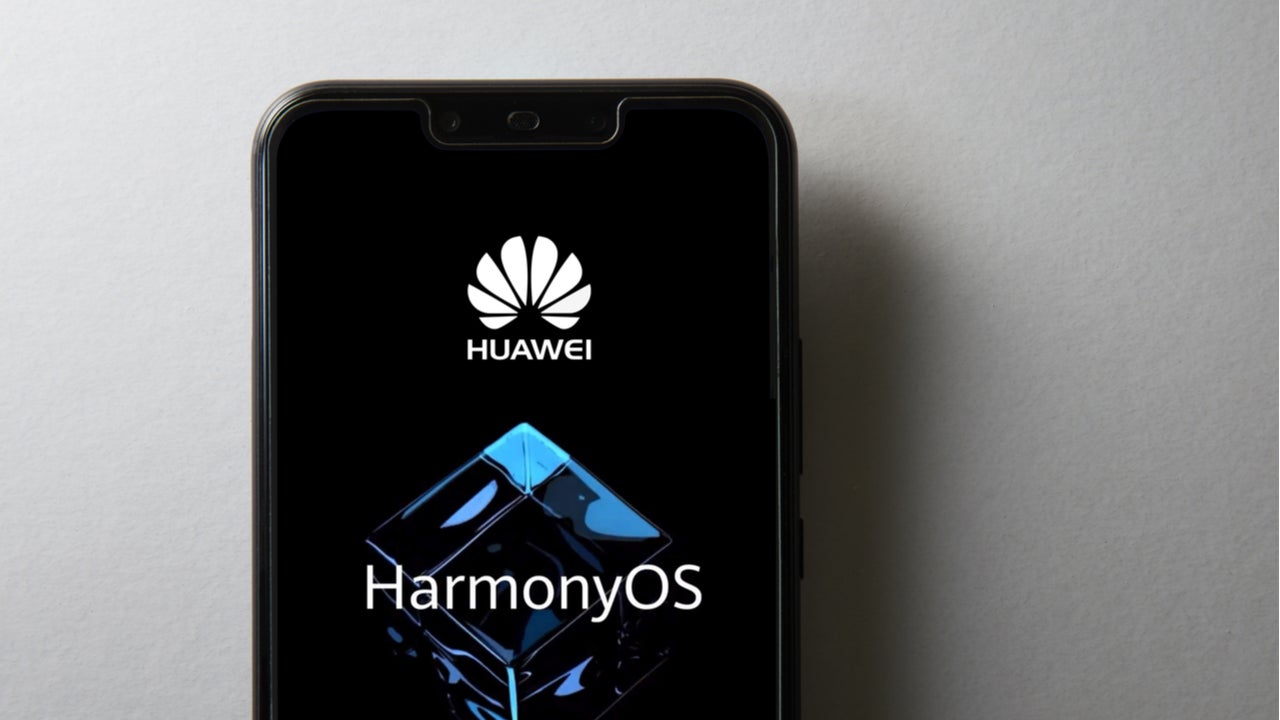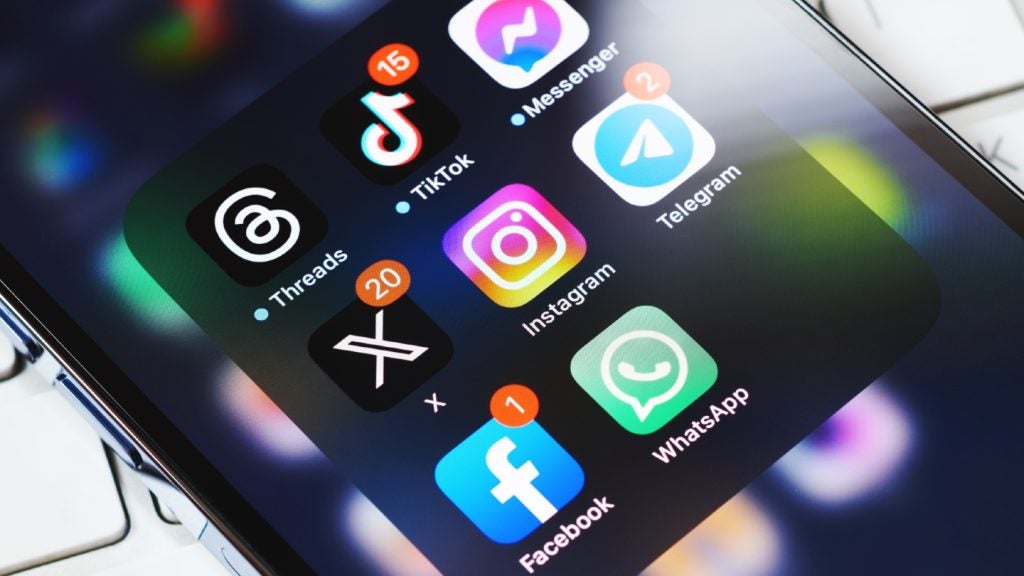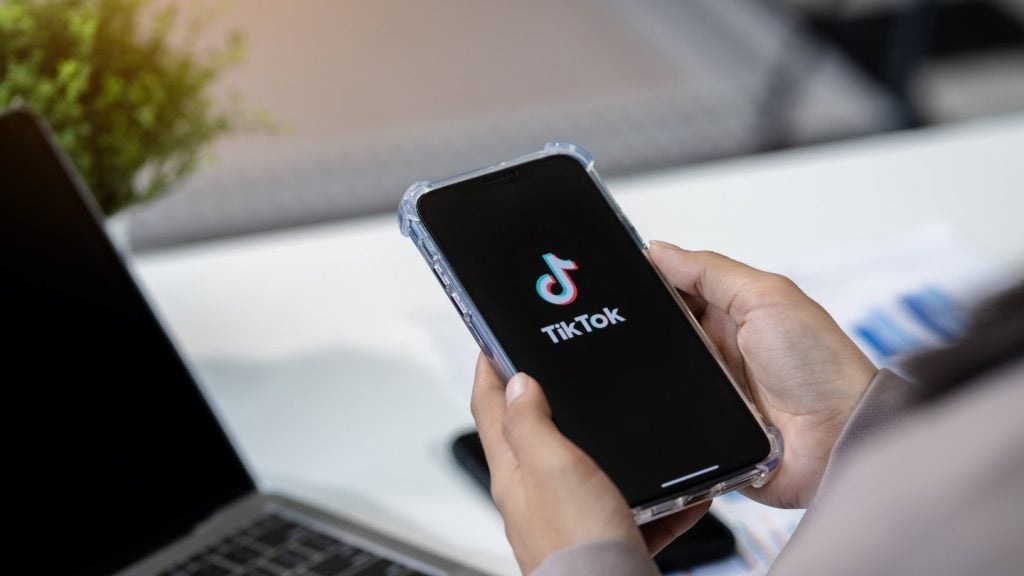
Despite international sanctions and scepticism from competitors, Huawei’s newly released Harmony operating system (OS) has been picking up steam. Three major Chinese banks recently announced that they would support and integrate the domestically-developed operating system. Meanwhile, rumours that the tech giant had donated HarmonyOS (known as HongmengOS in China) to the Ministry of Industry and Information Technology rattled Chinese social media over the weekend.
The Bank of China, China CITIC Bank and China Guangfa Bank announced on Friday that they had access to the newly released HarmonyOS and fully supported the integration of the operating system.
The Bank of China said that it would cooperate with Huawei to launch the Atomic Service of banknote reservations in the HarmonyOS system. This would allow consumers to make reservations by searching for the app in the Service Centre, without the need to download or install any new programmes.
China Guangfa Bank Credit Card Center also said that its app would support the Chinese operating system. In addition, the bank has set up an online HarmonyOS zone, where consumers can buy Huawei devices that use the system.
China CITIC Bank’s Credit Card also rolled out a programme that supports HarmonyOS to streamline applications and payment processes. In addition, Shanghai Pudong Development Bank and the Bank of Shanghai have also implemented programmes that support Huawei’s operating system.
Rumours only grow
Over the weekend, rumours about Huawei giving away its newly released operating system for free confused and dominated Chinese social media. Search terms such as “Huawei donated the Hongmeng system to the Ministry of Industry and Information Technology for free” or “Hongmeng operating system belongs to the Ministry of Industry and Information Technology” went viral on Chinese microblogging platform Weibo after China Youth Daily posted about it on its official account.
The rumours were debunked, and confusion was cleared when the Open Atom Open Source Foundation explained the situation on Monday. It released a statement saying that in September 2020, Huawei had established the so-called OpenHarmony project and had donated the basic capabilities of its smart terminal to the Open Atom Open Source Foundation.
This merely means that Huawei has released the codes to the HarmonyOS core structure, thus enabling interested manufacturers to develop products according to their need. According to Huawei, there are currently more than 500,000 developers working with the Harmony operating system.
Bachelor’s in Huawei
In December 2020, seven entities, including PATEO, Huawei, JD.com, Runhe, Yikatong, the Institute of Software and Chinese Academy of Sciences and Chinasoft International, established the OpenHarmony project under the organisation of the Open Atom Open Source Foundation.
The Open Atom Open Source Foundation is the first of its kind in China. According to public information, the foundation is managed by the Ministry of Civil Affairs and the Ministry of Industry and Information Technology.
Arguably, the primary reason why Huawei developed a domestic operating system is because of sanctions imposed by the US, based on allegations that the company was closely tied to the Chinese government.
In 2019, the Trump administration placed Huawei on the so-called Entity List banning it from doing business with US companies. Subsequently, Huawei could no longer use Google’s Android system anymore. The company, therefore, had to develop an in-house solution for its cell phones and other smart devices.
Huawei’s HarmonyOS is the first Chinese-developed operating system and falls within a larger effort by the country to break free from US dominance in the technology industry.
According to the official WeChat account of Wuhan University, applications for a software development course based on Huawei’s operating system was opened in the university’s department of computer science this February. It is the first HarmonyOS mobile programming course in the country.







